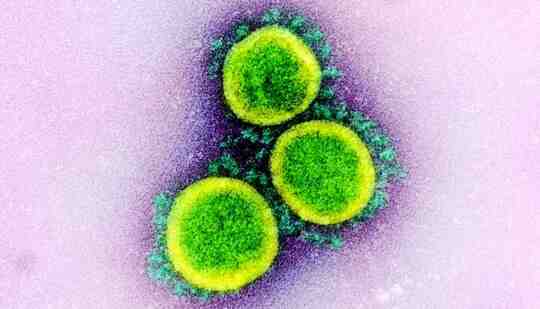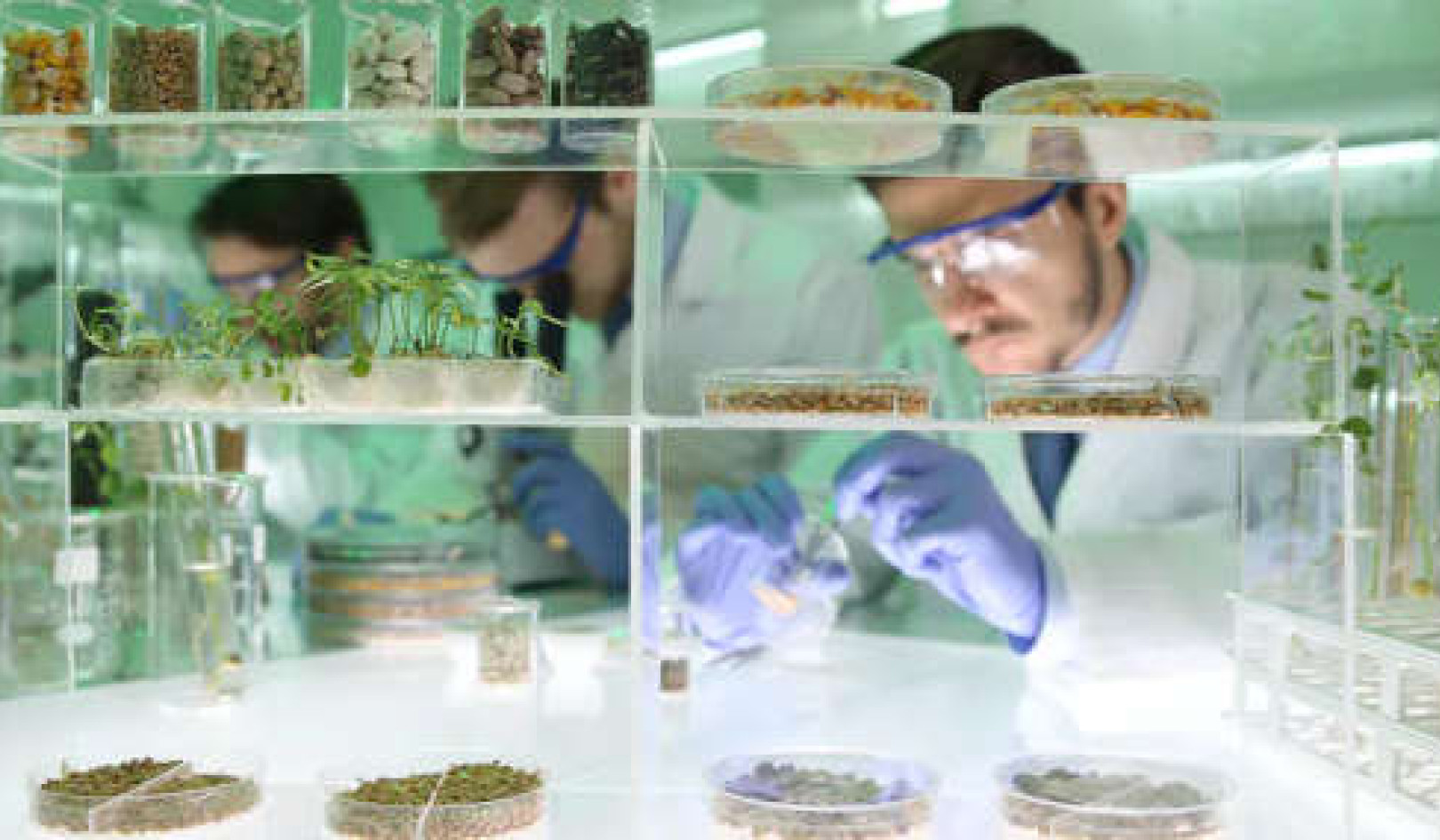
Certain types of messages could influence how people perceive information about the spread of diseases from wildlife to humans, according to a new study.
The findings, published in the journal Frontiers in Communication, could help scientists, policymakers, and others more effectively communicate with diverse audiences about zoonotic diseases and the role of wildlife management in preventing them from spreading to people.
Zoonotic diseases are diseases that originate in wildlife and become infectious to people.
“If we want to prevent and mitigate the next giant zoonotic disease, we need people to recognize these diseases can emerge from their interactions with wildlife,” says coauthor Nils Peterson, professor of forestry and environmental resources at North Carolina State University.
“We have to do better with how we interact with wildlife. We also have to do better in terms of our communication, so people recognize the root of the problem. We need to learn how to communicate with people about zoonotic diseases and wildlife trade across partisan divides.”
Get The Latest By Email
Wildlife origins of COVID-19
In the study, researchers surveyed 1,554 people across the United States to understand whether they would see greater acceptance of scientific information about zoonotic diseases—specifically in regard to the potential role of wildlife trade in the origin and spread of the virus that causes COVID-19—depending on how they structured their messaging.
Scientists from the World Health Organization concluded in a report on the origins of COVID-19 earlier this year that evidence points to a likely animal origin. One group of scientists has called for more clarity.
“Improving communication and framing around zoonotic disease could help to prevent the next global pandemic, and that’s a message everyone can get behind.”
In their experiment, researchers asked study participants to read one of three articles. One article used a “technocratic” frame that emphasized the use of technology and human ingenuity to address diseases from wildlife, such as using monitoring and culling of animals with diseases. This frame was designed to appeal to people with an “individualistic” worldview.
A second article had a “regulatory frame” that emphasized using land conservation to create wildlife refuges as a solution. This frame was designed to appeal to people with a “communitarian” view. The third article was designed as a control, and was intended to be neutral.
Researchers then asked all of the participants to read part of an article that researchers wrote about COVID-19 and the potential role of wildlife trade in its origin and spread, and asked them about their perceived validity of the information. Researchers also surveyed participants about their trust in science overall, and belief in COVID-19‘s wildlife origin.
“Past research suggests people process and filter information through their cultural lens, or based on how they think the society should function,” says lead author Justin Beall, a graduate student in parks, recreation and tourism management.
“We wanted to know, in the domain of zoonotic disease management, what are the solutions for managing diseases that might align with different cultural values in the United States? Would using those perspectives impact how people accepted scientific information about the wildlife origin of COVID-19?”
Who’s the audience?
Researchers found that people who identified as liberal reported higher perceived risk on average from COVID-19. They were also more likely to accept evidence for the wildlife origin of COVID-19 and support restrictions on wildlife trade.
When researchers considered the link between message frames and participants’ acceptance of the information about COVID-19 and the potential role of wildlife trade in its origin and spread, they found liberals who received the technocratic framing were significantly less likely to find the information valid, while conservatives were slightly more likely to find it valid. They didn’t see any statistically significant relationship between the “regulatory” framing and participants’ acceptance of the information.
“The findings show us that cultural views are relevant for communicating about wildlife disease,” Beall says. “We found that the technocratic viewpoint might be more polarizing.”
That suggests that for communicating to a diverse public audience about zoonotic disease and wildlife trade, communicators should avoid using the technocratic frame. However, when communicators are speaking to a conservative audience, they could consider using the technocratic frame to increase acceptance.
Researchers underscored the importance of the findings for conveying the idea that the health of humans, wildlife, and the environment are connected.
“We all exist in this giant ecosystem, and disease is part of it,” says coauthor Lincoln Larson, associate professor of parks, recreation and tourism management. “If we’re talking about the health of humans, we’re talking about the health of wildlife and ecosystems simultaneously. It’s critical to develop effective communication strategies that resonate with ideologically diverse audiences and lead to bipartisan support and action.”
“Improving communication and framing around zoonotic disease could help to prevent the next global pandemic, and that’s a message everyone can get behind,” he adds.
The US Geological Survey Southeast Climate Adaptation Science Center, which is managed by the USGS National Climate Adaptation Science Center, funded the work.
Source: NC State
books_health
This article orginally appeared on Futurity







